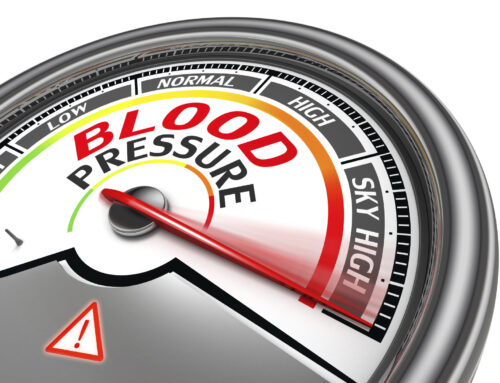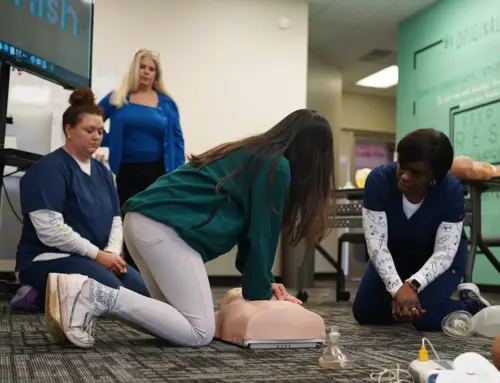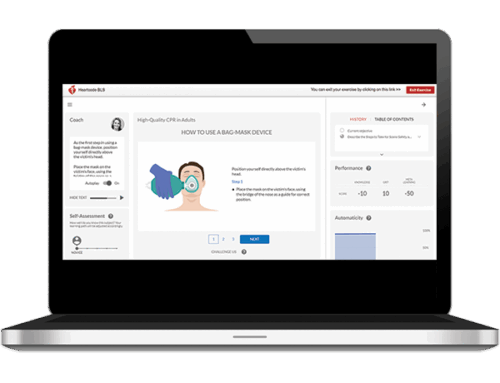Cardiopulmonary resuscitation (CPR) is a crucial, life-saving technique used in emergency situations where a person’s breathing or heart has stopped, such as a heart attack or drowning. The American Heart Association advocates rapid and effective initiation of CPR for chest injuries; specifically recommends manual CPR only for untrained bystanders and trained first responders.
American Heart Association Guidelines:
Untrained: If you have no CPR training or are unsure about rescue breathing, choose manual CPR. This involves continuous chest compressions at a rate of 100 to 120 per minute until professional help arrives. No ventilation required.
Trained and Confident: Control breathing and breathing for those proficient in CPR. If not, begin CPR with 30 chest compressions followed by rescue breathing for 10 seconds.
Trained but unsure: If you are trained in CPR but unsure, focus on chest compressions at a rate of 100 to 120 per minute.
These recommendations apply to adults, children and infants except infants (up to 4 weeks).
CPR helps maintain oxygenated blood in vital organs until treatment restores normal heart rhythm. Without oxygenated blood, irreversible brain damage can occur within minutes of cardiac arrest.
Time to get help:
If you are not trained and a phone is available, call 911 or your local emergency number before trying CPR. Dispatchers can guide you through the process until help arrives.
Enroll in a certified first aid course that includes CPR and external defibrillator (AED) to learn proper CPR techniques.
Remember that it is better to try CPR even if you are unsure, than to do nothing; because it can make a huge difference in saving lives.
Before starting CPR, you need to know:
Safe environment.
Call for help and retrieve the AED if available.
If you wish to intervene on your own, call emergency services before starting CPR.
The American Heart Association focuses on the C-A-B sequence:
C: Compress to restore blood.
A: Open the way.
B: Give rescue breaths.
Put someone on the ground.
Place your hands firmly on your chest.
Apply compressions to a depth of at least 5 cm at a rate of 100 to 120 strokes per minute. Street:
Tilt the head back to open the airway using the head tilt and chin lift maneuver.
Breath:
Use the following breaths for chest compressions.
Use mouth-to-mouth or mouth-to-nose resuscitation.
Be careful not to overfill the lungs.
CPR for babies and children:
This step is used by adapting the technique to the age group. Make sure
CPR is initiated at the appropriate time for the child, with specific instructions based on the child’s size and needs.
You can see our schedule here: https://
CHARLOTTE MARKET
- Charlotte
- Rock Hill
- Gastonia
- Concord
- Cornelius
- Monroe
- Harrisburg
- Matthews
- Mint Hill
- Fort Mill
- Indian Land
- Kannapolis
- Belmont
- Wilmington
- Jacksonville
- Shallotte
- Carolina Beach
- Surf City
- Hampstead
- Sneads Ferry
- Leland
- Southport
- Greensboro
- High Point
- Hickory
- Columbia
- Florence
- Myrtle Beach
- North Myrtle Beach
- Surfside Beach
- Murrells Inlet
- Conway
- Ocean Isle Beach






Leave A Comment